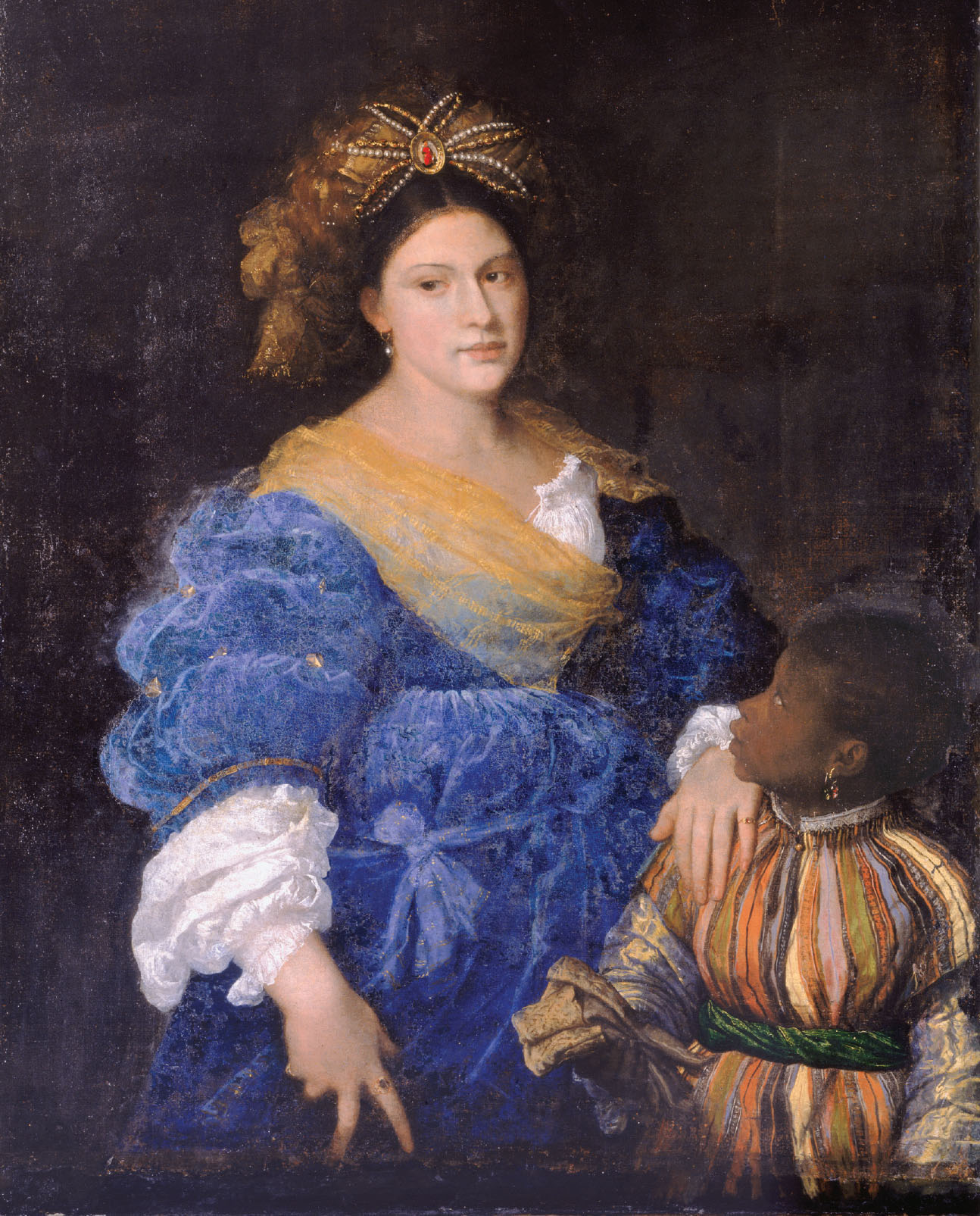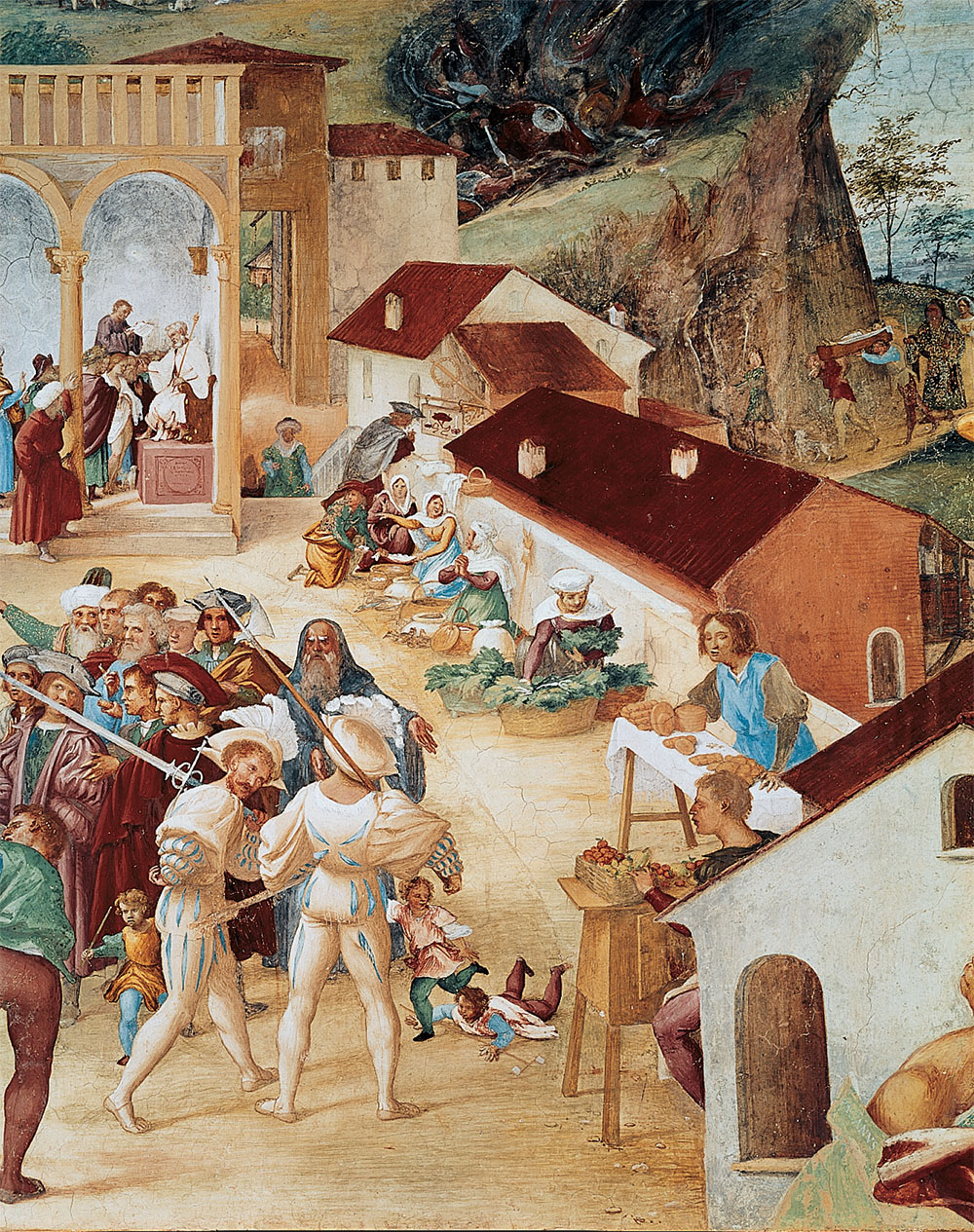Gender Roles
Renaissance people would not have understood the word gender to refer to categories of people, but they would have easily grasped the concept. Toward the end of the fourteenth century learned men (and a few women) began what was termed the debate about women (querelle des femmes), an argument about women’s character and nature that would last for centuries. Misogynist critiques of women from both clerical and secular authors denounced females as devious, domineering, and demanding. In response, several authors compiled long lists of famous and praiseworthy women exemplary for their loyalty, bravery, and morality. Some writers, including a few women who had gained a humanist education, were interested not only in defending women but also in exploring the reasons behind women’s secondary status — that is, why the great philosophers, statesmen, and poets had generally been men. In this they were anticipating more recent discussions about the “social construction of gender” by six hundred years.

Beginning in the sixteenth century the debate about women also became a debate about female rulers, because in Spain, England, France, and Scotland women served as advisers to child-
The dominant notion of the “true” man was that of the married head of household, so men whose class and age would have normally conferred political power but who remained unmarried were sometimes excluded from ruling positions. Actual marriage patterns in Europe left many women unmarried until late in life, but this did not lead to greater equality. Women who worked for wages, as was typical, earned about half to two-
Men who work in the vineyards, doing work that is skilled, are to be paid 16 pence per day; in addition, they are to receive soup and wine in the morning, at midday beer, vegetables and meat, and in the evening soup, vegetables and wine. Young boys are to be paid 10 pence per day. Women who work as haymakers are to be given 6 pence a day. If the employer wants to have them doing other work, he may make an agreement with them to pay them 7 or 8 pence. He may also give them soup and vegetables to eat in the morning — but no wine — milk and bread at midday, but nothing in the evening.2
Of all the ways in which Renaissance society was hierarchically arranged — by class, age, level of education, rank, race, occupation — gender was regarded as the most “natural” distinction and therefore the most important one to defend.
